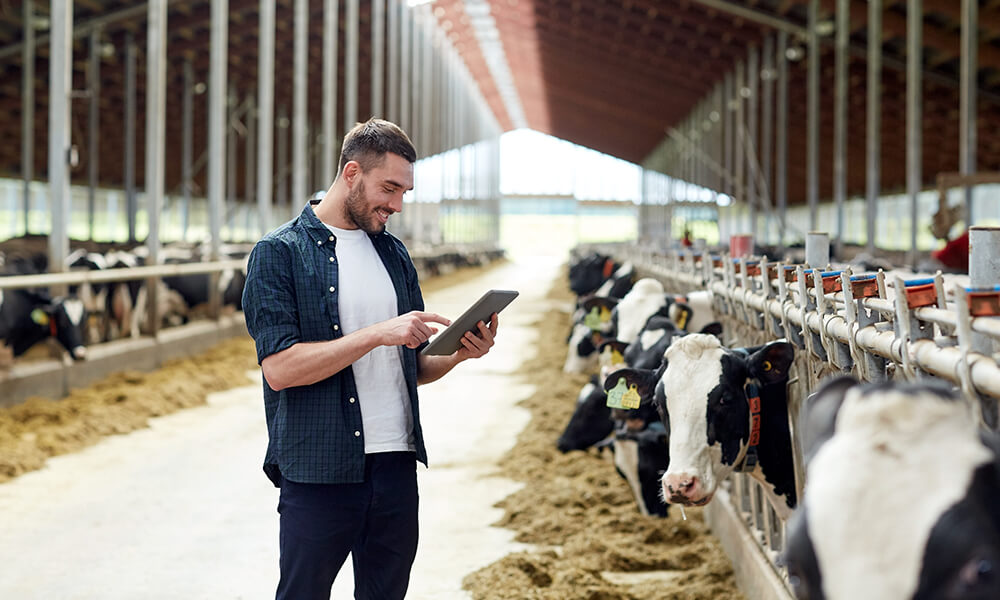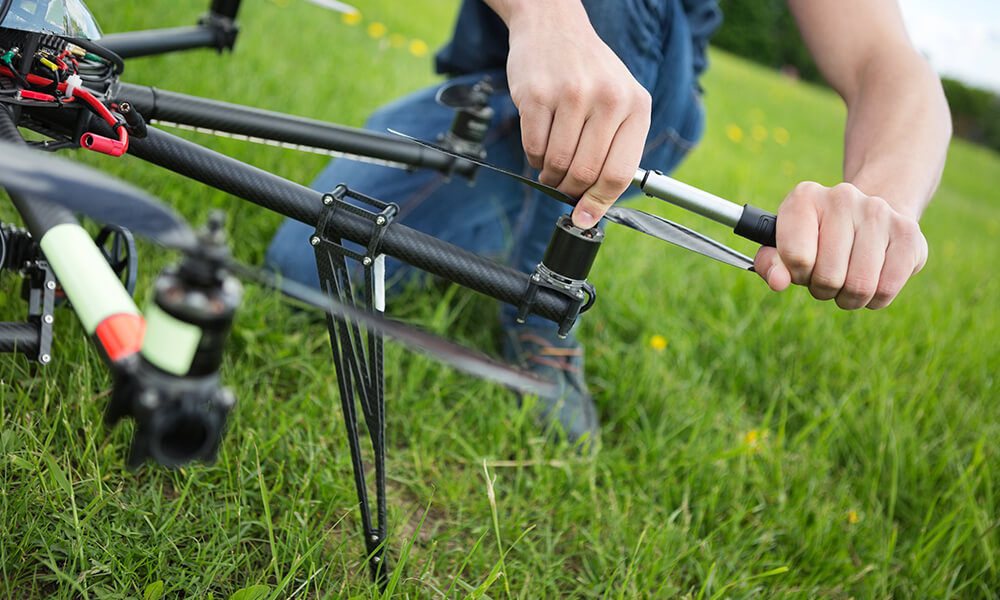Modern Times Call for Modern Farming
Kids who are growing up in modern farming are having a very different experience than the generations before them. It’s important to adapt to advancements in every industry in order to enjoy the most success possible. This week we’re discussing the different ways farming has changed in recent years, and how young farmers are being set up for success in the future.

New technology
In older generations, technology wasn’t as prevalent in farming. There was no such thing as motorized equipment, modified housing for animals and biotechnology, or any other modern technology such as cell phone apps and drones. In the past, farmers could on average only feed 19 people, whereas today each farmer can feed 155 people on average. Part of this is due to the expediency provided by modern technology.
New animal management techniques
Older generations often kept animals in similar enclosures, treating them with care but often not providing the unique necessities for the needs of different animals. Today, animals are treated with intense care, compassion, and scientific observation in order to ensure proper farming production. For example, dairy cows are often kept in barns that provide soft mattresses, sand beds, or water beds. They’re washed and vaccinated frequently, and their nutritionists feed them special diets. Fans and sprinklers keep them cool when it is hot outside, because making the animals comfortable is the best way to produce more milk yield. Fifty to one hundred years ago, farmers couldn’t accommodate the needs of the animals so carefully. Now, improving the lives of farm animals is a more pressing issue than ever and practices are continuously improving to provide the most humane and comfortable conditions possible.

New competition
Mass production of food has seen vast expansion over the past couple decades. However, the industrialization of food has a long history, and isn’t a completely new issue to farmers. In response to the competition inflicted by mass food producers, agriculture is becoming increasingly involved with information technology, hoping to combat the challenges seen by this never-ending competition between huge producers and family farms. By using technology to not only increase quality but quantity of their production, small farmers will be able to better provide more crops to the public and offset the influence of the mass food industry.
New population challenges
We’ve gotten ourselves into trouble, here. There are over 7 billion mouths to feed on this planet, and over 40% of the total landmass is used for food production. With the world’s population increasing at a rate which could put us at 9.6 billion by 2050, we need to get creative with ways to avoid worldwide malnutrition. We can either slash down our remaining rainforests for more farm land, or get very, very creative, and fast. We need more creative farmers and more external help from strategists who are willing to tackle this farming population dilemma. Farmers from previous generations didn’t spend much time worrying about overpopulation or how to feed the world when they were mainly concerned with feeding their own household.
Essentially, modern farming communities are able to enjoy amazing advancements in the industry such as new technology to help with easier and faster production, but are faced with difficult challenges as far as industrialized competition and population threats. It’s a different world for the farmers of tomorrow, and it’s important to support as much local farming as you’re able to in order to maintain proper farming production and success. To get the best support and protection for your operation, call Crop Insurance Solutions today!
